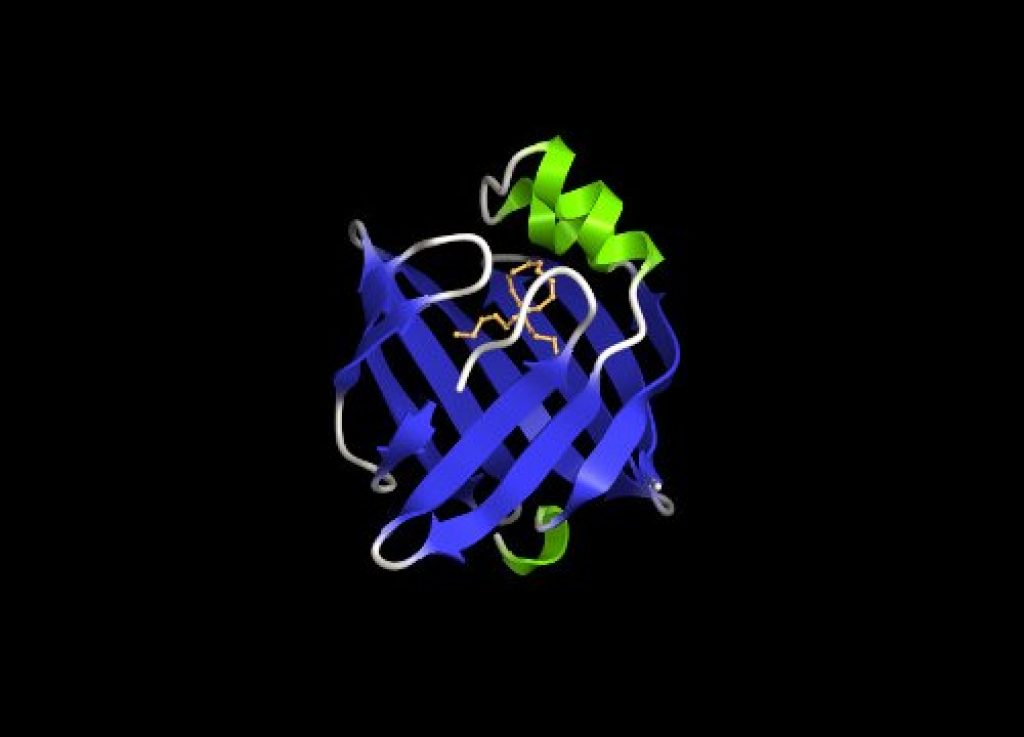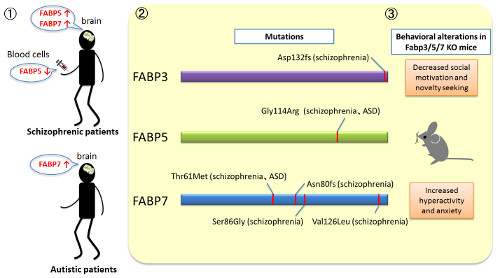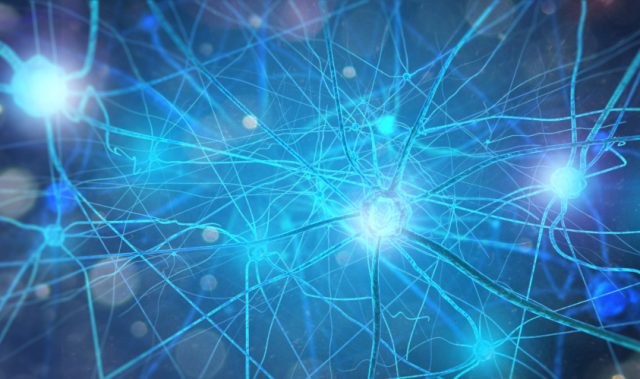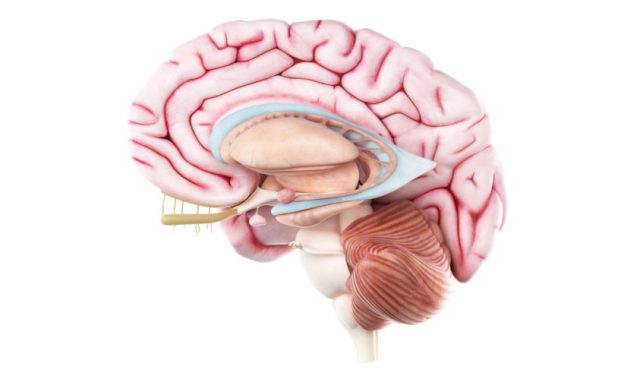
AsianScientist (Jul 31, 2014) – Neuroscientists from the RIKEN Brain Science Institute have found that defects in fatty acid binding proteins (FABPs) may help to explain the pathology in some cases of schizophrenia and autism spectrum disorders (ASD). This work has been published in the journal Human Molecular Genetics.
The brain is composed of lipids that provide structure and signaling functions, disruption of lipid transport to or within the brain can lead to anomalous neurological symptoms. Previous studies revealed abnormally low levels of some polyunsaturated fatty acids including essential fatty acids in schizophrenic and autistic patients but failed to identify the proteins responsible.
Dr. Takeo Yoshikawa and his team from RIKEN decided to focus on FABPs, molecules that facilitate the transport of polyunsaturated fatty acids and other fatty acids.
“Our prior study showed that disruption of Fabp7 in mice impaired neurogenesis, so we suspected that FABP7 and its family members had important roles in neurodevelopment”, said Dr. Yoshikawa.
The team found that the expression levels of FABPs in postmortem brain and blood cells of patients were altered. Using molecular analysis, the team identified specific mutations in FABP genes exclusively in patients which caused an abnormal structure or function of these proteins, presumably preventing them from delivering the correct fatty acids to their target tissues and organelles inside cells.
After identifying mutations in FABPs from patients, the researchers genetically inactivated the genes in mice and conducted behavioral tests. They found that mice lacking Fabps exhibited behaviors similar to those observed in human patients, suggesting that disruption of FABPs could be a common link underlying some forms of these two prevalent mental disorders.
Fabp3 knock-out mice showed a decrease in memory and social motivation, mirroring dysfunctional cognition and lack of interest in social communication in ASD patients. In contrast, Fabp7 knock-out mice displayed hyperactivity and anxiety, a phenotype similar to that observed in schizophrenic patients.

“Although the amino acid sequence of the FABPs is similar, we think that they interact with different fatty acids and are expressed in different cells with distinct timing during development. This is likely the reason that the behaviors in the mice are different for each member of the Fabp family”, said Dr. Yoshikawa.
Both schizophrenia and ASD are caused by many factors and conventional treatment does not work well on all patients. These findings suggest that FABPs may define one mechanism for these disorders selectively affecting lipid transport systems that may complement other etiological factors.
“Identification of FABP mutations in humans may to help us take a personalized treatment approach,” said Dr. Yoshikawa. “We hope our finding will lead to the development of tailor-made therapies, providing patients with molecules that complement deficiencies caused by their particular mutation.”
The article can be found at: Shimamoto et al. (2014) Functional characterization of FABP3, 5 and 7 gene variants identified in schizophrenia and autism spectrum disorder and mouse behavioral studies.
——
Source: RIKEN.
Disclaimer: This article does not necessarily reflect the views of AsianScientist or its staff.












